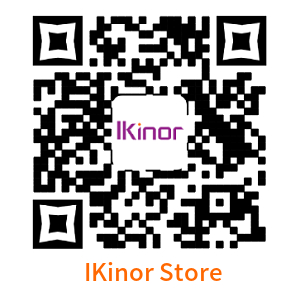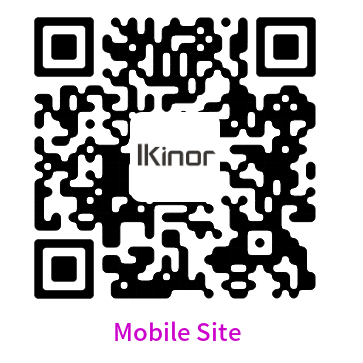In today’s world, technology is everywhere. We are constantly surrounded by screens of all shapes and sizes, from phones to cars. And for educators, this is a great thing—screen time is critical for students’ development. One screen that has been gaining in popularity is interactive screens. These screens can be used to engage students in class and come in various forms and prices. In this blog post, we will introduce you to Ikinor interactive screens and explain why they are such a powerful tool for classroom use. We will also provide tips on getting the most out of them for your class.
What is an Interactive Screen?
Interactive screens are becoming increasingly popular in classrooms and are often used to supplement or replace traditional teaching methods. Interactive screens for classroom can be used for a variety of purposes, including:
-Activating a digital storybook for students to read
-Pacing questions and providing feedback on student work
-Providing feedback on student progress
-Delivering interactive lectures via streaming video
-Providing supplemental material for students studying for exams.
Features of Interactive Screen for Classroom
- Ultra slim aluminum frame with painting treatment,anti-scratch and low weight, cost-effective model;
- Arc plastic round conner designed for kids’ protection;
- Aluminum honeycomb/ceramic board with Nanometer high molecule surface, which is smooth and anti-scratch; water-based marker is available;
- Module PCB parts are designed, easy to separate and disassemble, and easy to maintain;
- USB plug-and-play with no driver;
- Regular size:83″/88″/96″/100″ with 4:3/16:9 aspect ratio choices;
- OEM size from 82″ to 120 “is acceptable.
Tips for Using Interactive Screens in the Classroom
When selecting an interactive screen for classroom, there are a few things to consider:
The screen should have enough power to run all of the applications that will be used on it.
One way to activate an interactive screen is through software that comes pre-loaded on the device. This type of software is often more user-friendly and provides more interaction opportunities than individual devices.
When activating an interactive screen in class, follow your school’s guidelines for appropriate usage. For example, some screens require advance notice before they can be used so that teachers have time to prepare materials specifically for that day’s class session. Additionally, be sure not to monopolize all of the screen time and let students participate when they can do so without feeling overwhelmed or frustrated by intrusive screens.
Overall, interactive screens are an excellent way to keep students engaged during class and help them learn more effectively. If you are interested in Ikinor interactive screens for the classroom, don’t hesitate to get in touch with us!



